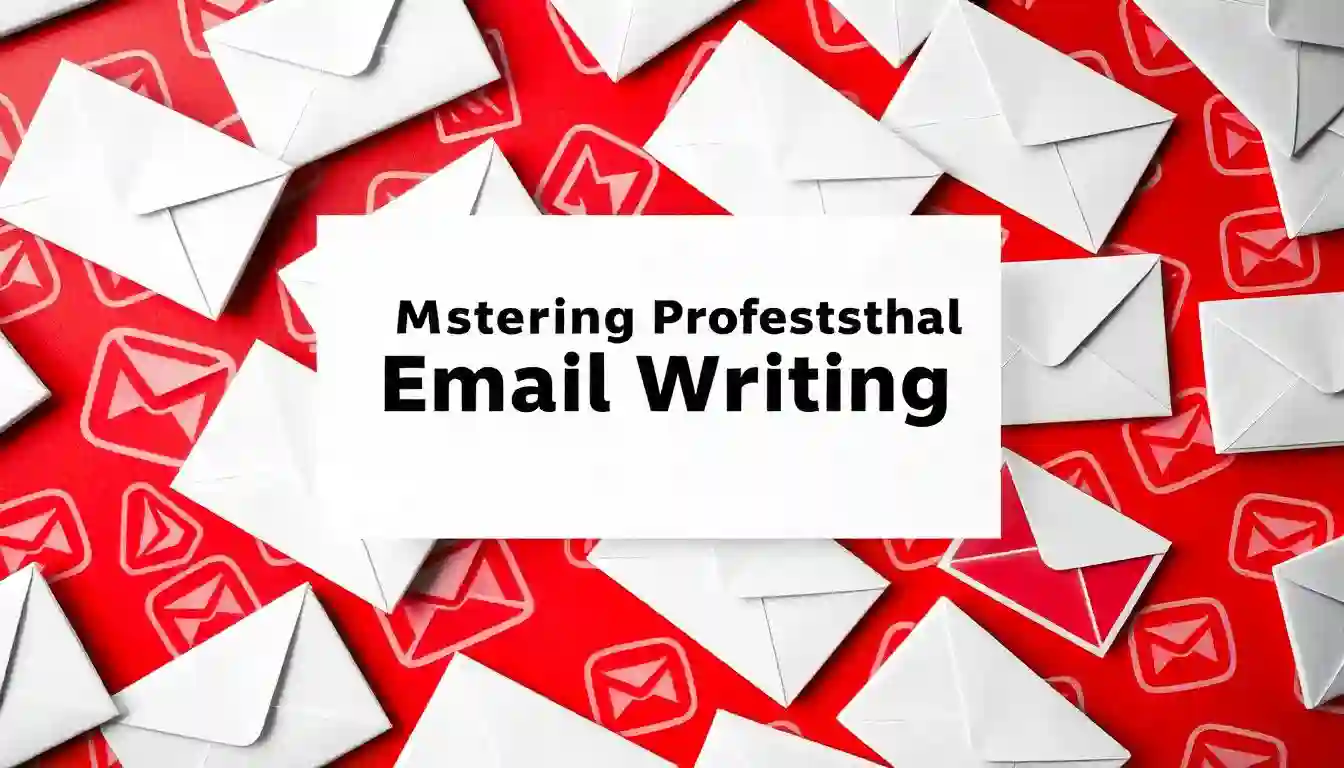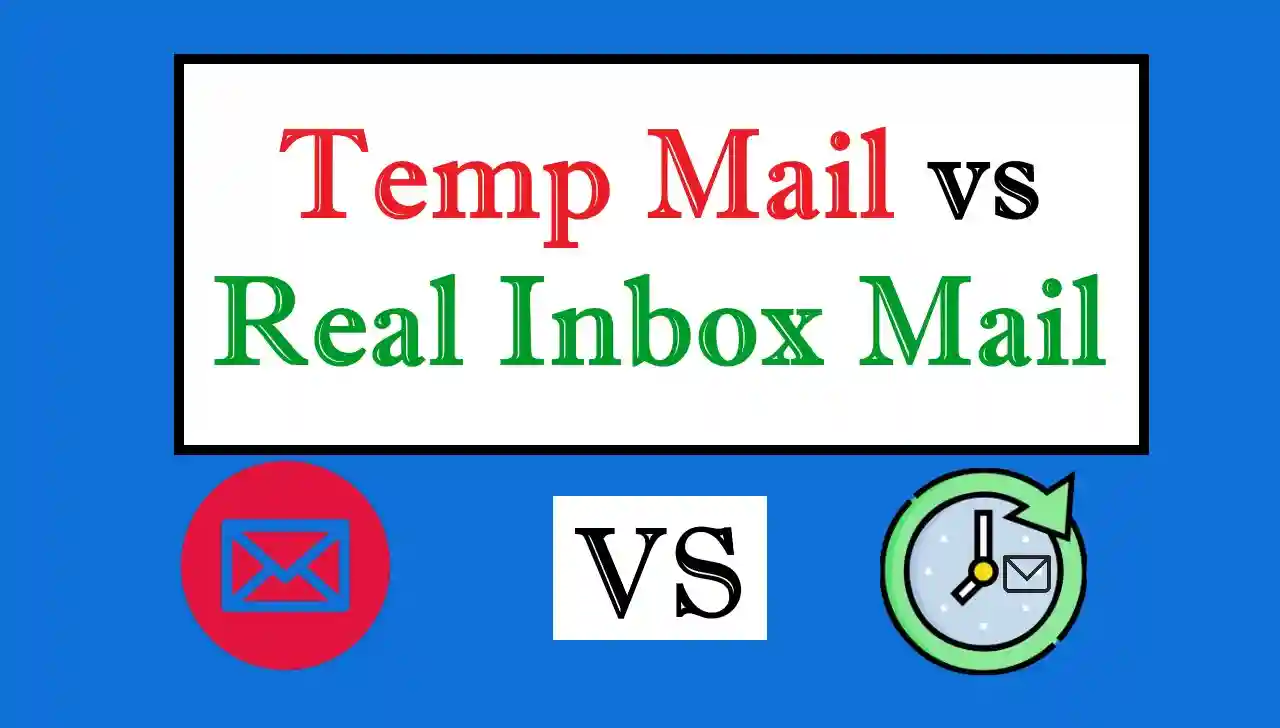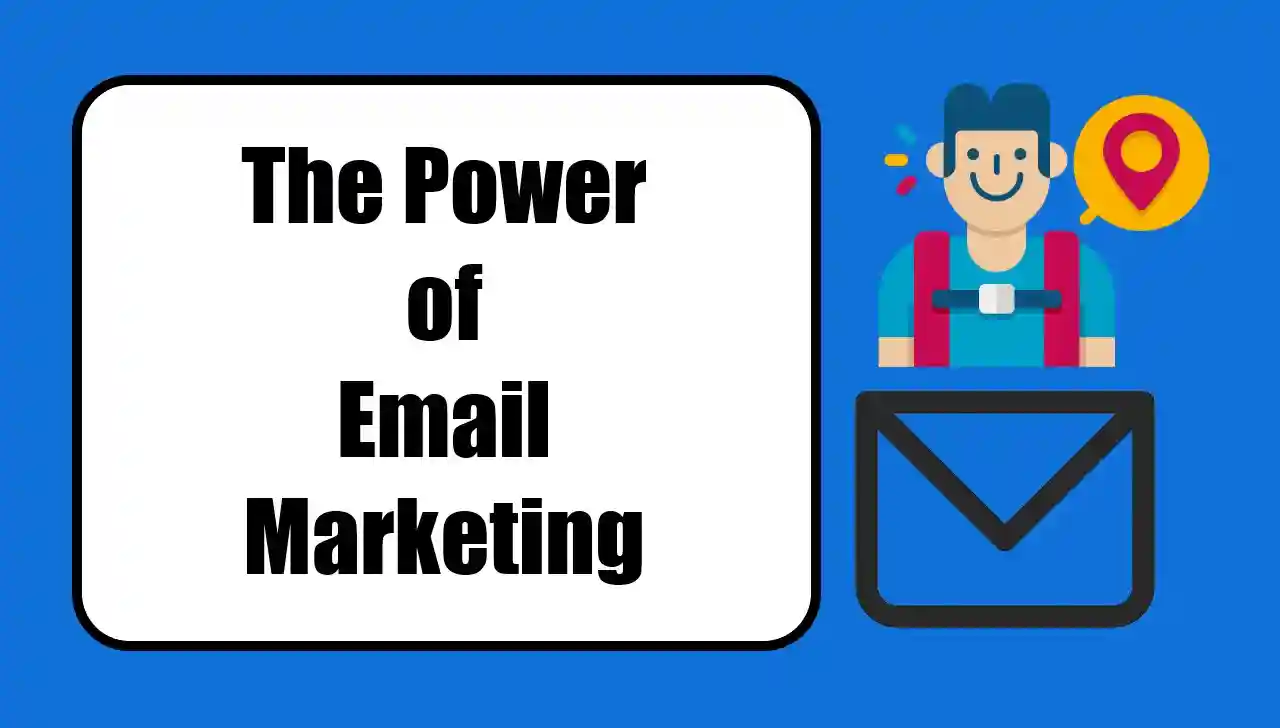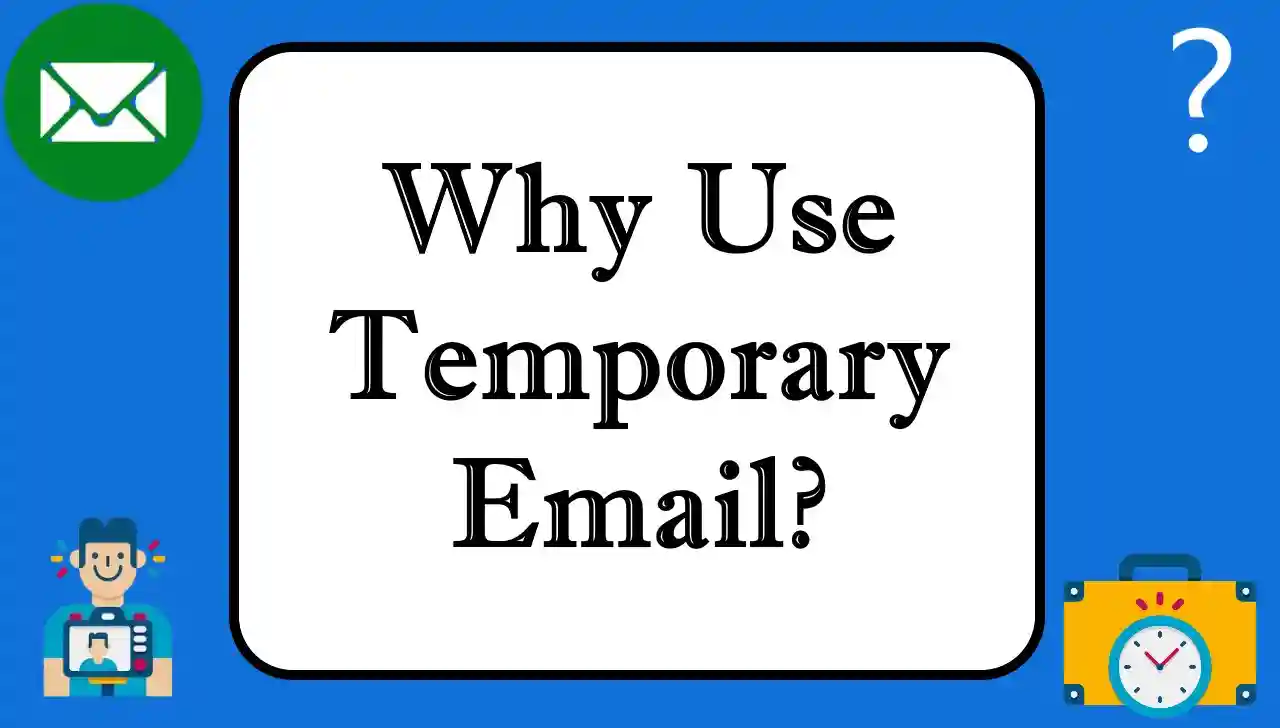In today’s world of digital communication, no amount of communication can be made without email, including in the world of professional communication. The art of professional email writing goes beyond simple communication; it makes you much more memorable here whether you’re connecting with clients, promoting products, or working with colleagues. Read it and see, that well-crafted email reflects professionalism and will build credibility by creating a message that is effective and impactful.
What follows is a short article giving you the basics of professional email writing, tips, techniques, and red flags to avoid. At the end, you’ll be ready to write emails that stick in your readers’ minds.
How Do You Properly Write Professional Email?
Creating these messages that convey information clearly and respectfully also to a specific audience is professional email writing. Professional emails meet the disciplines and etiquette associated with formal messages so they are free from any confusion for every receiver.
Why Is Professional Email Writing So Important?
The significance of mastering professional email writing lies in its ability to:
A Showcase of Respect and Reliability
Sending a professional email shows to clients, colleagues, and supervisors that you take communications seriously.
Enhance Clarity and Precision
Clear emails ensure you convey your message without uncertainty and without back and forth.
Streamline Communication
Emails that speak well are quick since they don't waste time covering everything necessary in a long, full sentence.
Foster Relationships
The first point of contact in a business is via email. Emails that are polished help build trust and lend context of rapport.
Here are some steps to Write a Professional Email
1. Begin with a Proper Greeting
This is how you begin to set the tone for your email. Choose one that aligns with the level of formality required:
- Casual Professional Relationships: Use “Hello” or “Hi [Name].”
- Formal Communication: Opt for “Dear [Name]” or “Dear [Title and Last Name].” When unsure about the recipient's preferred pronouns or gender, use neutral terms like "Dear [Full Name]."
2. The Most Important Element: The Subject Line
A compound subject line grabs attention and tells the email purpose at the same time. Ensure it is:
- Concise and Clear: Example: "Proposal for Q4 Marketing Strategy"
- Relevant: Make sure to reflect the content in an exact way.
- Action-Oriented: Example: "Action Required: Review Draft by Friday"
3. State Your Purpose Early
First, let your email start out by telling the reason for it. Examples include:
- "I am writing to follow up on our meeting last week regarding..."
- "I would like to discuss the upcoming project timeline." This saves the recipient time and sets up the balance of your message.
4. Structure Your Content
Break it down into small paragraphs from your email. Each paragraph should cover one key point:
- Introduction: Highlight the context/contextual specifics and/or describe the intended outcome.
- Details: Always provide necessary information or request, be clear.
- Conclusion: State how you will complete or expect to finish.
5. Maintain a Professional Tone
In professional emails, avoid using slang, overly casual language, or emoticons. Instead:
- Use polite phrases like "Could you please..." or "I would appreciate it if you could..."
- Don’t be formal and stay informal—switch to a tone in line with the recipient.
6. End with a Courteous Closing
Conclude your email with a clear call to action or closing remark:
- "I look forward to your feedback by [date]."
- "Please let me know if you have any questions or need further clarification."
End with a sign-off such as:
- "Best regards,"
- "Sincerely,"
- "Thank you,"
7. Don’t Forget to Include a Professional Signature
Signature also carries additional contact information to the recipient. Include:
- Your full name
- Job title and company name
- Email and phone number
- Professional profiles links (for example LinkedIn).
Example:
John Doe Marketing Manager XYZ Corporation Phone: (123) 456-7890 LinkedIn: linkedin.com/in/johndoe
8. Proofread Before Sending
Make sure that what you write in your email doesn’t have any grammatical errors, typos, or formatting errors at all. Double-check:
- Recipient email address along with the recipient's name.
- If found, attachments to prove they have been included.
- The quality of your message.
Email Communication Tips
- Be Concise: Keep your emails short, to the point.
- Avoid Jargon: Speak simple and understandable language.
- Focus on the Recipient: Think in terms of the perspective and needs of the recipient.
- Use Bullet Points: Help with easier reading of complex information.
- Stay Professional: Don’t use casual language, like emojis, to interact with even friendly exchanges.
Professional Emails To Avoid
- Irrelevant Subject Lines: Frustrating the recipient with either misleading or vague subjects.
- Lack of Structure: Emails are not organized.
- Overuse of Attachments: Include only necessary files.
- Forgetting Signatures: To be professional, always sign.
- Copy-Pasting Without Context: Unless tailored for the situation, don’t use templates verbatim.
Professional Email’s Common Scenarios
1. Requesting Information
Subject: Request for Project Update Body: Dear [Name], I wish you a bright day. If you can please give me an update of [Project Name] by [specific date]. If you need anything else, let me know. Best regards, [Your Name]
2. Following Up
Subject: Proposal Submission follow up Body: Dear [Name], I wanted to follow through on the proposal I bosted to you at [date]. I will let you know if further or other details are needed, or if you have any questions at all. I am looking forward to your response. Sincerely, [Your Name]
3. Expressing Gratitude
Subject: Thank You for Your Assistance Body: Dear [Name], I appreciate it for supporting me … during [specific situation]. I truly appreciate your time and energy, for which you gave me your guidance. I can’t wait to work with you again. Warm regards, [Your Name]
Conclusion
Today’s digital first world means mastering professional email writing is an invaluable skill. At whatever stage you are in your career, whether you are targeting a client, potential employer, a colleague, or another person who you need to send an email to, the principles above will help you send messages that are clear, respectful, and impactful.
I should add, great emails are a work in progress not only do they get better over time, but you need to practice. Refine your skills, and you’ll notice the benefits of your professional relationships and efficiency in communication.
These are all easy things to start to apply today to take your email communication to the next level!




